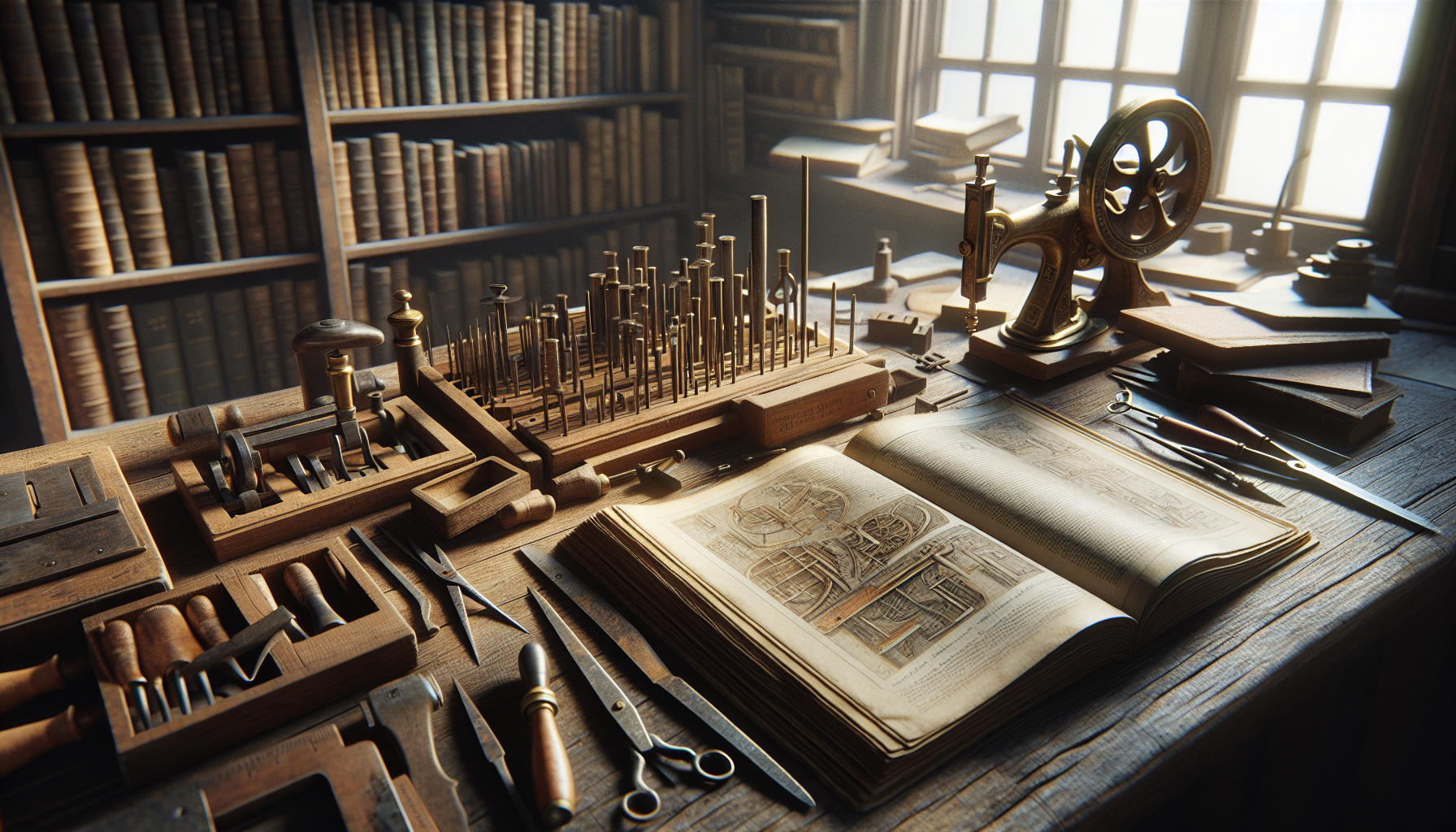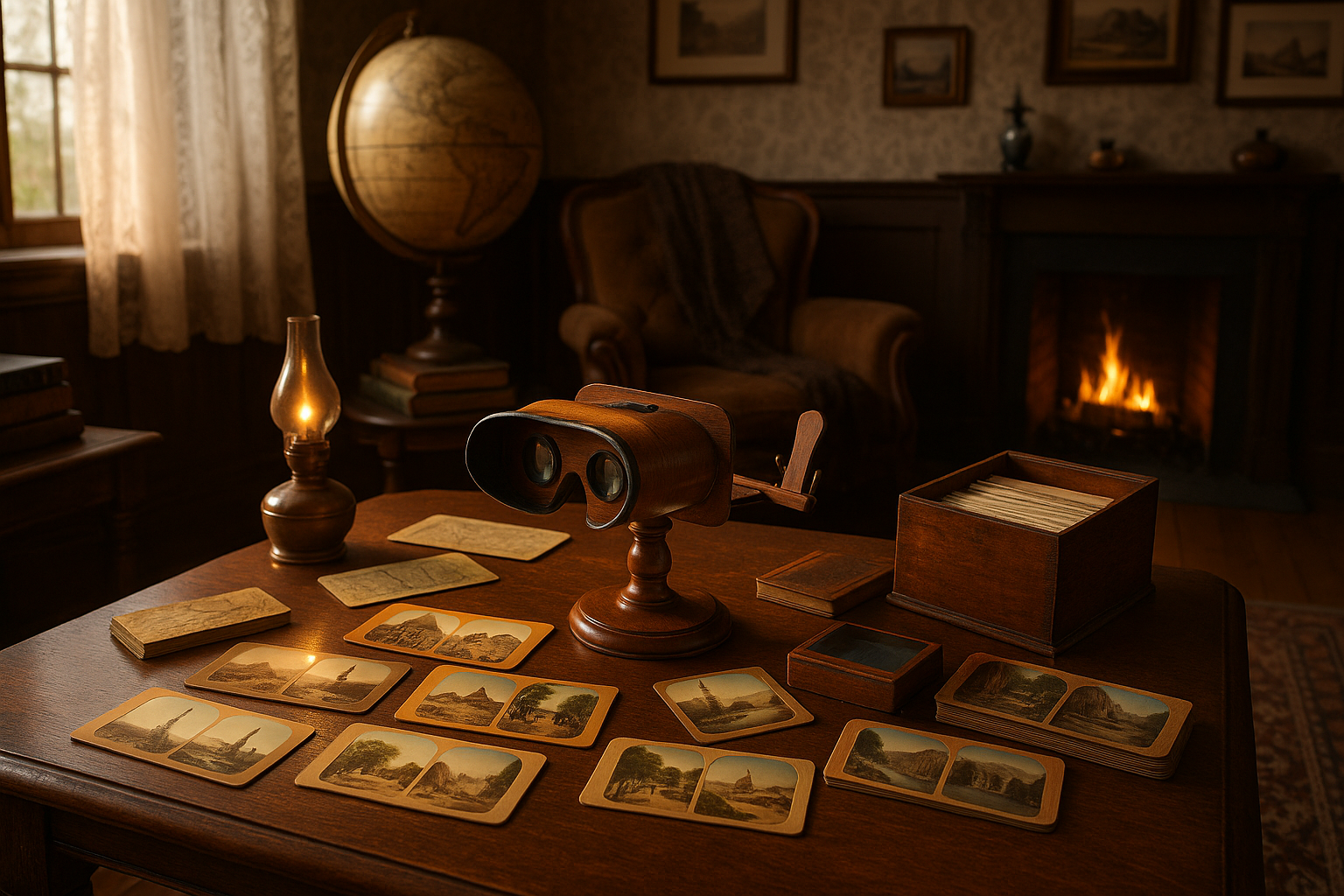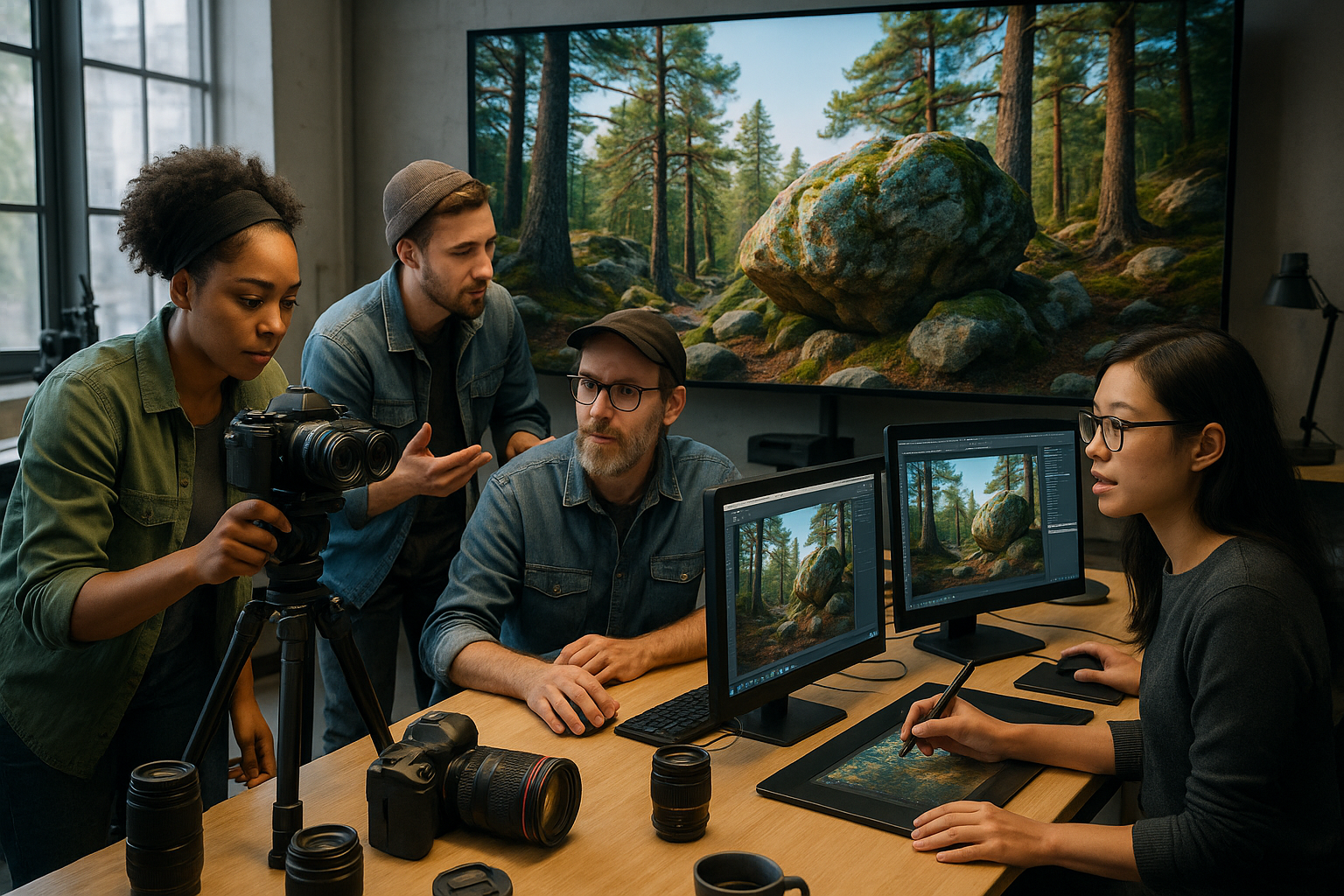In a world where technology evolves at an unprecedented pace and modern conveniences shape every facet of our lives, the allure of the past holds a special place in the hearts of many. There’s something inherently fascinating about understanding how our ancestors achieved remarkable feats with seemingly simple tools and techniques. As we stand on the shoulders of giants, it’s crucial to acknowledge and explore the wisdom embedded in historical practices. Welcome to a journey that transcends time and taps into the essence of ancient craftsmanship: “Unlock the Secrets of the Past: Explore Historic Grinding Manuals for Timeless Techniques and Tips.” 📜
In today’s fast-paced world, where efficiency often overshadows the elegance of manual labor, the art of grinding—once a fundamental skill—has been largely forgotten. Yet, hidden within the pages of historic grinding manuals lies a treasure trove of knowledge, offering insights into techniques that have stood the test of time. These manuals, crafted by skilled artisans and masters of their trade, reveal methods and tips that remain relevant even in our technologically advanced era. By delving into these historical documents, we can uncover a wealth of timeless techniques that offer not only practical benefits but also a deeper appreciation for the craftsmanship of yesteryear.
As we embark on this exploration, we’ll delve into the origins of grinding and its evolution across different cultures and eras. From ancient Egypt to medieval Europe, we’ll trace the journey of grinding techniques and discover how they influenced the development of tools, machinery, and ultimately, entire industries. Through a careful examination of these manuals, we’ll gain insight into the meticulous processes that were employed to achieve precision and excellence in craftsmanship. This historical context will provide a foundation for understanding how these age-old techniques can be adapted and applied to modern practices.
Furthermore, we’ll uncover specific grinding techniques that have been meticulously documented in these manuals. From the careful selection of materials to the precise movements required to achieve the desired finish, each step in the process is imbued with knowledge passed down through generations. We’ll explore the various types of grinding, from hand-held stones to sophisticated grinding wheels, and examine the skills needed to master each method. By understanding the nuances of these techniques, we can appreciate the artistry involved and gain valuable insights into improving our own practices, whether in artisanal crafts or industrial applications.
Finally, this journey into the past is not merely an academic exercise; it is a call to action. In rediscovering these timeless techniques, we have the opportunity to revitalize forgotten skills and integrate them into our contemporary lives. Whether you are an aspiring craftsman, a seasoned professional, or simply a curious mind eager to learn, these historic grinding manuals offer a wealth of inspiration and practical knowledge. So, let us embark on this captivating journey together, as we unlock the secrets of the past and breathe new life into ancient wisdom, one manual at a time. 🌟
The Art of Grinding Through the Ages
Grinding is an art that has shaped the very foundations of various crafts and industries throughout history. From the ancient civilizations that utilized rudimentary grinding stones to modern, precision-engineered grinding machines, the evolution of grinding tools and techniques tells a fascinating story. This progression not only highlights technological advances but also showcases the persistent ingenuity of human craftsmanship.
The ancient Egyptians were among the first to develop sophisticated grinding techniques, primarily for grain processing. Using querns and hand grinders, they were able to create flour and other ground products that were integral to their diet. These early methods laid the groundwork for future advancements in grinding technology, providing insights into how our ancestors adapted to their environments and developed tools that optimized their labor.
As civilizations expanded, so too did the complexity and efficiency of grinding tools. The Middle Ages witnessed the development of water-powered mills, a significant leap that allowed for mass production of ground products. This era was a turning point, marking a shift from manual to mechanized grinding. These innovations were essential for agricultural and metallurgical advancements, fostering trade and cultural exchange across continents. 🌍
Exploring Historic Grinding Manuals
Historic grinding manuals offer a treasure trove of information for anyone interested in understanding the nuanced techniques of grinding from different eras. These manuals serve not only as technical guides but also as cultural artifacts that provide a window into the past. They highlight the evolution of tools and techniques, reflecting broader societal changes and technological advancements.
One of the most significant aspects of these manuals is their detailed instructions on various grinding methods, from simple hand techniques to complex machine processes. They provide insights into the materials used, the types of tools preferred, and the specific methods employed to achieve desired outcomes. For example, a manual from the Renaissance period may describe the use of pedal-powered grinding wheels, which required skill and precision to operate effectively.
These historical documents also underscore the importance of craftsmanship and the transfer of knowledge across generations. They illustrate how techniques were refined over time, incorporating new discoveries and adapting to changing needs. The study of these manuals can inspire modern practitioners, offering timeless tips that remain relevant in today’s fast-paced world. For a deeper dive into this topic, consider watching this insightful video: Exploring Historic Grinding Techniques – Channel: History Unveiled.
Manuals as Cultural Artifacts
The cultural significance of grinding manuals extends beyond their technical content. They are artifacts that reflect the values, priorities, and technological capabilities of the societies that produced them. By examining these documents, historians and craftsmen alike can gain a deeper understanding of the cultural context in which these techniques were developed and refined.
These manuals often contain more than just instructions; they may include anecdotes, illustrations, and even philosophical musings on the art of grinding. Such inclusions provide a richer, more holistic view of the craft, revealing the mindset and motivations of the people who dedicated their lives to mastering this skill. This cultural insight enriches our appreciation of the historical significance of grinding and its impact on human development.
Comparative Analysis of Grinding Techniques
Understanding the evolution of grinding techniques involves comparing various methods used throughout history. This comparison highlights the ingenuity and adaptability of craftsmen as they refined their tools and processes to meet changing demands.
| Era | Technique | Tool Used | Efficiency |
|---|---|---|---|
| Ancient | Manual Grinding | Grinding Stones | Low |
| Medieval | Water-Powered Grinding | Water Mills | Moderate |
| Industrial Revolution | Mechanical Grinding | Steam-Powered Mills | High |
| Modern | Precision Grinding | Automated Machines | Very High |
As you can see from the table above, the transition from manual to mechanized grinding marked significant improvements in efficiency and output. Each era brought about innovations that addressed the limitations of previous methods, paving the way for more sophisticated and efficient techniques.

Conclusion
Conclusion: Uncovering the Timeless Techniques of Historic Grinding Manuals
As we have journeyed through the rich tapestry of historic grinding manuals, it becomes abundantly clear that these age-old texts offer more than just a glimpse into the past—they provide invaluable insights that are as relevant today as they were centuries ago. Throughout this article, we have explored the intricacies and artistry captured within these manuals, uncovering the meticulous techniques and profound wisdom of craftsmen who mastered the art of grinding long before modern machinery took over.
One of the key points highlighted is the unparalleled attention to detail that characterized historic grinding techniques. These manuals demonstrate an incredible depth of understanding about the materials and tools used, showcasing methods that have stood the test of time. By delving into these texts, modern craftsmen and enthusiasts can gain a deeper appreciation for the precision and skill required in traditional grinding methods. This knowledge not only enriches our understanding of the craft but also enhances our ability to apply these techniques in contemporary contexts.
Another significant aspect we examined is the cultural and historical significance embedded within these manuals. They serve as a bridge connecting us to the past, offering a window into the lives and practices of those who came before us. The techniques described within these pages are a testament to human ingenuity and perseverance, reflecting a commitment to excellence that transcends generations. In a world where technology often overshadows tradition, revisiting these historic manuals reminds us of the enduring value of craftsmanship and the importance of preserving these timeless techniques.
Moreover, the exploration of these manuals reveals the universal principles that govern the art of grinding—principles that remain applicable regardless of the era. Understanding the foundational techniques outlined in these texts can inspire innovation, allowing us to adapt and refine these methods to suit modern needs. This continuity underscores the notion that true craftsmanship is a living tradition, one that evolves while staying rooted in the wisdom of the past.
In reinforcing the importance of this topic, it is crucial to recognize the broader implications of engaging with historic grinding manuals. They offer not only practical guidance but also an opportunity for intellectual and creative enrichment. By immersing ourselves in these texts, we cultivate a deeper connection to the craftsmanship that has shaped human history. This connection, in turn, fosters a sense of responsibility to preserve and propagate these skills for future generations.
As you reflect on the insights gained from this exploration, consider how you might apply these timeless techniques in your own endeavors. Whether you are a seasoned craftsman or a curious novice, there is something to be learned from the meticulous craftsmanship detailed in these manuals. Perhaps you will be inspired to incorporate these methods into your work, enhancing the quality and authenticity of your creations. Alternatively, you might feel compelled to share this knowledge with others, sparking a renewed interest in traditional grinding techniques.
We encourage you to join the conversation and share your thoughts on the significance of historic grinding manuals. Have you discovered any techniques that have transformed your approach to craftsmanship? Do you believe there are lessons from the past that remain unexplored? Your insights and experiences can contribute to a vibrant dialogue that honors the legacy of these manuals while forging new paths forward.
In conclusion, the exploration of historic grinding manuals is not merely an academic exercise; it is a journey into the heart of human creativity and ingenuity. As we unlock the secrets of the past, we equip ourselves with the tools to innovate and excel in the present. Let us celebrate the enduring relevance of these techniques and continue to explore the rich heritage of craftsmanship they represent. Together, we can ensure that the timeless wisdom of the past remains a guiding light for the future. 🔍✨
For those interested in further exploration, consider visiting reputable sources such as Project Gutenberg for access to a range of historic texts and Google Books for comprehensive collections of digitized manuals. These platforms provide invaluable resources for anyone eager to delve deeper into the world of traditional craftsmanship.
Toni Santos is a visual historian and artisan whose creative lens is captivated by the forgotten marvels of antique optical devices. Through his thoughtful storytelling, Toni revives the instruments that once transformed light into wonder—camera obscuras, magic lanterns, kaleidoscopes, and other ingenious tools that shaped our earliest visual imaginations.
His journey is rooted in a fascination with how humans have long sought to bend, reflect, and reveal the unseen. Whether tracing the mechanical poetry of 19th-century projectors or illustrating the tactile elegance of early lenses, Toni’s work invites us to see vision itself as an evolving art form.
Blending handcrafted design with historical inquiry, Toni brings to life the material soul of these devices—celebrating not just how they functioned, but what they meant. His creations and curated stories illuminate a world where science, illusion, and beauty were intricately linked through glass and brass.
As the curator of Vizovex, Toni shares detailed studies, reconstructed artifacts, and immersive content that help others rediscover the origins of visual technology and the magic of analog perception.
His work is a tribute to:
The craftsmanship behind early visual instruments
The wonder of seeing through the eyes of another century
The intersection of optics, art, and imagination
Whether you’re a collector, a designer, or someone drawn to the lost poetry of vision, Toni welcomes you into a world where light is a storyteller—one prism, one lens, one forgotten invention at a time.





